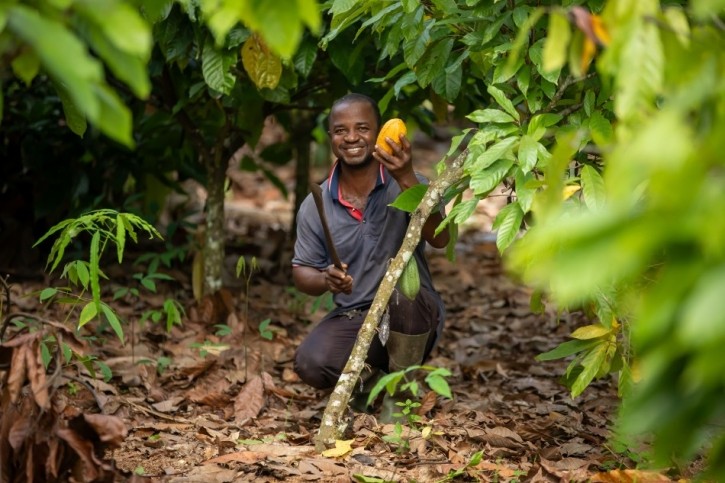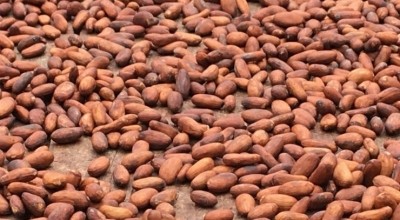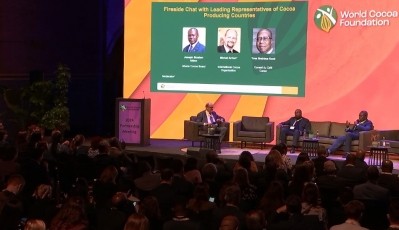Sustainability
Industry-backed methodology launched to calculate true level of cocoa farmer incomes

Until now, there has been no authoritative way to measure cocoa farmer household income across the sector, yet accurately measuring it is key to understanding the impact of sustainability interventions on cocoa farmer households and the environment, the WCF said in a statement.
Wh is behind the methodology?
The development of this methodology was led and funded by WCF and the German Federal Ministry for Economic Cooperation and Development (BMZ) in collaboration with the German Development Cooperation (GIZ) and the Swiss Platform for Sustainable Cocoa (SWISSCO). It was delivered by Wageningen University & Research (WUR) and the Royal Tropical Institute (KIT) who partnered with the Centre Ivoirien de Recherches Economiques et Sociales (CIRES) and Etudes de Marché et Conseils (EMC) from Côte d’Ivoire.
- The new methodology can be found here.
Existing methods struggle to account for the costs of cocoa production and to capture non-cocoa income. Data gathered by individual companies offers a picture based solely on their direct supply chains, leaving cocoa growers in the indirect supply chain underrepresented.
Individual data gathering by companies and other institutions also currently relies on various methods.
Firm foundation
“To understand what works in helping raise cocoa farmers’ incomes, we first need to be able to consistently measure how activities affect those incomes,” said Michael Matarasso, WCF Director of Monitoring and Evaluation. “This methodology gives everyone in the sector a firm foundation to stand on and will help us to drive collective progress to improve cocoa farmers’ incomes.”
This new methodology claims to solve many of these challenges and offers a standard that can be applied to all future studies, research and data collection to make them more widely comparable and better representative of the sector as a whole.
Underrepresented groups
It includes groups that have not been intensively involved in sustainability interventions in the past as well as underrepresented groups such as sharecroppers, women and cocoa farmers in the indirect supply chain.
The methodology also includes robust means of collecting data on diversified household income that does not stem from cocoa.
As a result of several months of work and deep collaboration among all the organizations involved, the methodology was completed with inputs from numerous stakeholders across the cocoa sector including the Alliance on Living Income in Cocoa (ALICO), Living Income Community of Practice (LICOP), representatives from producing country governments, NGOs and civil society organizations and WCF member companies.
It is designed to determine the living income status of cocoa farming households and the impact of sustainability interventions on household incomes. These two elements are essential to defining and aligning stakeholders’ efforts around the interventions that are most effective.
















